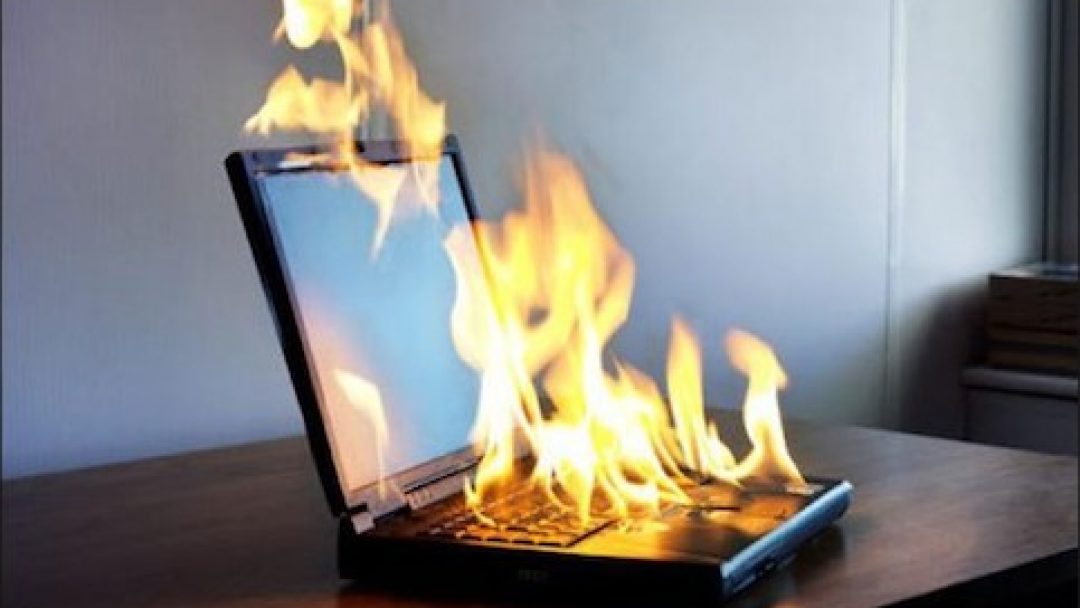City planners from across the country are spreading the message that trashed cellphones and laptops are causing fires. You need to think twice before you throw away that outdated cell phone or busted laptop. Recycling bins are not the proper place either.
After a spark in the number of fires at waste facilities and in garbage the message is rechargeable lithium-ion batteries are not safe to toss.
California last year saw 65 percent of their waste facility fires were due to common rechargeable batteries. That state, along with many others are launching public awareness campaigns to educate and encourage proper disposal of the batteries.
In addition to cellphones and laptops, lithium-ion batteries are found in power tools, cameras, electric scooters and electric cars.
The City of Phoenix’s Public Works Department say they have yet to experience any significant issues at Valley waste transfer stations, yet researchers at Arizona State University are working to make lithium batteries safer.
ASU professor Hanqing Jiang explains that lithium-ion batteries catch fire from overheating or from microscopic lithium “needles” – known as dendrites – that can sprout on a battery surface. Those needles can puncture the component in a battery that keeps the oppositely charged elements separate, he said.
Jiang recently led a team that published research showing a layer of soft silicone inside a lithium-metal battery can act as a shock absorber. This layer has proven successful in preventing the formation of dendrites. Jiang strongly feels that the technique could be applied to both lithium-ion and lithium-air batteries.
“Our idea is to remove the force,” he said. “With no force, there’s no dendrite growth.”
What should you do with unwanted lithium-ion batteries
Valley residents have a many options to safely dispose of lithium-ion batteries.
- Phoenix residents can take unwanted batteries to the city’s monthly household hazardous waste events. The events run from September through May. Click here for more information.
- All Home Depots, Lowes and Best Buy stores will recycle lithium-ion batteries. Click here for a list of recycling locations.
- Locally E-Green IT Solutions and Westech Recyclers will collect and recycle lithium-ion batteries.








